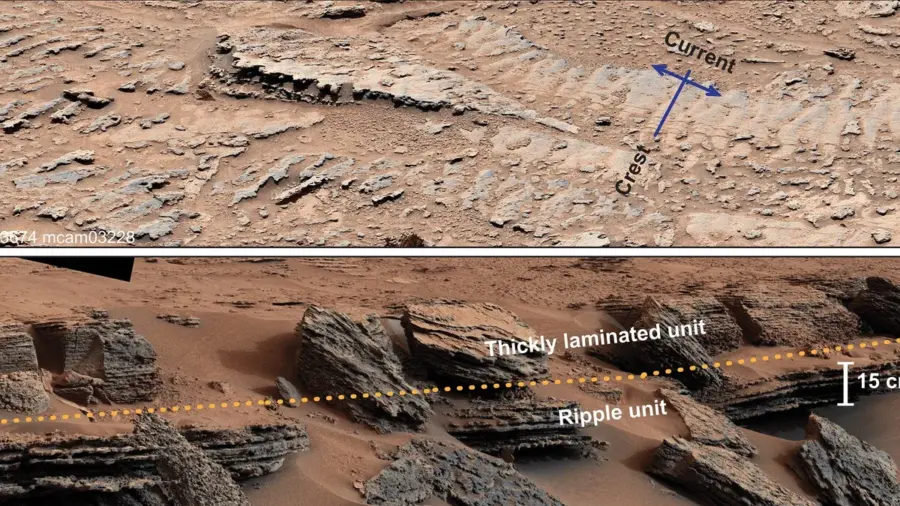Writer Fuel? Did a Supernova Kickstart Evolution in Africa?
Radiation from an exploding star may have had a profound effect on the evolution of life on Earth, a new study suggests. About 2.5 million years ago, the viruses infecting fish in Africa”s Lake Tanganyika underwent a mysterious and rapid explosion in diversity. Yet the exact cause of this change has remained a mystery. Now, … Read more










